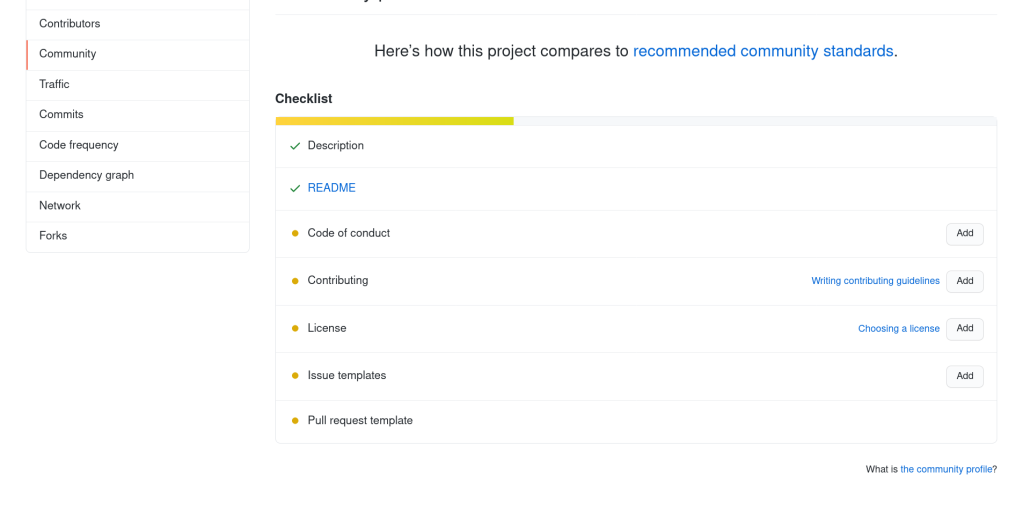There are some excellent articles around about what a Developer Advocate does, but have you ever wondered WHY we do what we do? I tried to articulate this when chatting with another developer lately, and I’m still thinking about it! So I thought I’d write it down to share a little more widely why I love this strange, misshapen career as much as I do. Continue reading
26 Apr
2021


